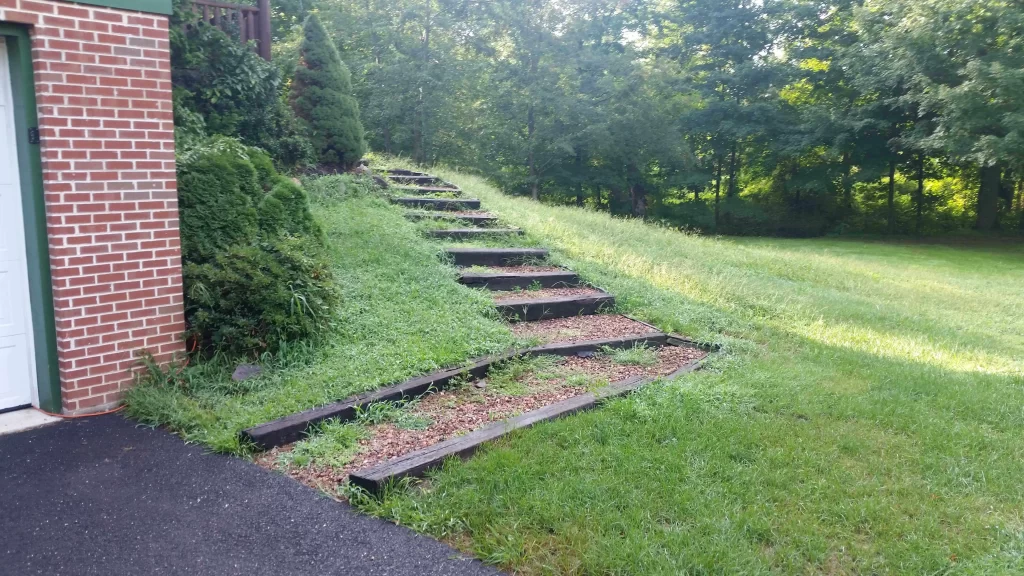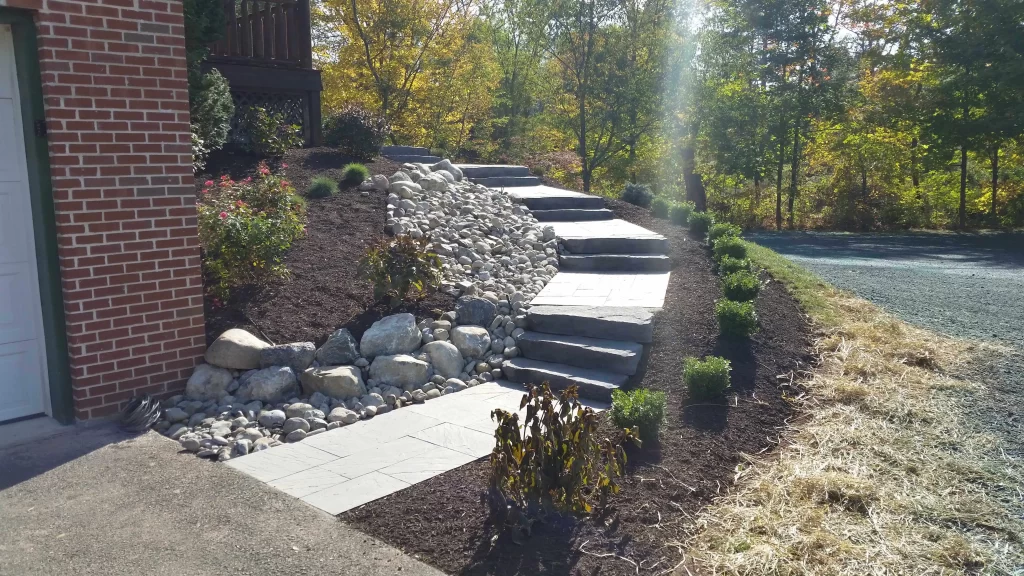Your Home's First Impression: A Guide to Maximizing Curb Appeal
Your home’s exterior is the first thing that prospective buyers or visitors see. In real estate, they say you have to spend money to make money – and when it comes to your home’s curb appeal, this is certainly true. Beautiful landscaping can boost your home’s value by up to 20%, according to the American Society of Landscape Architects. It’s not just a pretty face that landscaping brings to your house; it’s a promise of a well-cared-for property where good things come in small, and large, packages. Here’s how to embrace the transformative power of landscaping to elevate your home’s allure and value.
Understanding the Value of Curb Appeal
Before you grab a shovel and start digging in your front yard, it’s important to understand why curb appeal is so important. Curb appeal is your home’s first impression – it’s what makes potential buyers decide whether they want to see more. According to the National Association of Realtors, 46% of home buyers determine whether a home is worth viewing based on the home’s exterior. First impressions matter, and they start at the curb.
Landscaping can add value to your home in a few ways:
- By making your home more attractive, you can attract more potential buyers and can potentially sell your home faster.
- A well-landscaped property can also imply that the inside of the house is well-maintained, something that can’t be overestimated when selling a property.
- Landscaping can enhance privacy, reduce noise, and lower heating and cooling costs, adding not just visual appeal but also practical benefits that buyers are looking for.
Crafting a Plan For Your Landscape
The key to successful landscaping is to have a plan. An effective landscaping plan ensures your outdoor space reflects your taste and complements your lifestyle while boosting curb appeal. Here’s a step-by-step guide to craft your landscaping plan:
Analyze Your Space
Start by taking a good look at your outdoor area. Notice the sun exposure, existing plants and features, and the condition of your lawn. Identify any problem areas or aspects of the property you’re particularly proud of.
Set a Budget
Landscaping can be as expensive as it is rewarding, so set a budget and stick to it. Consider the upfront costs of materials, tools, and plants, as well as the ongoing maintenance costs. Remember that landscaping is an investment and will add value to your property.
Make a List of Priorities
List what you need and what you want. Prioritize the must-haves, like fixing a broken driveway or adding more privacy with a fence, and then consider what you’d like to have if your budget allows. This will help you to make practical decisions as well as dream big.
Consider the Future
Think about the long-term maintenance needs of your landscape. Will you be able to maintain the garden annually, or will you require a low-maintenance design? Will your children need more space to play outside as they grow? Future-proofing your landscape can save you costly re-dos down the line.
Selecting the Right Plants
Plants are the stars of your landscape design. Choosing the right ones can be the difference between a generic garden and a showstopper.
Local and Climate-Appropriate Plants
Native plants or those that are adapted to your regional climate are essential for a sustainable, low-maintenance garden. They will require less water, no pesticides, and minimal attention while providing habitat for local wildlife.
Varieties for Visual Interest
Include a mix of evergreens, flowering plants, and different textures to create year-round interest. Colorful annuals and perennials can bring a pop of color that changes with the seasons, and ornamental grasses can add movement and a soft, feathery contrast to your flower beds.
Scale and Proportion
Consider the mature size of your plants. A shrub that looks tiny at the nursery can grow to up to 6 feet wide or more. Plant them with enough space to reach their full size without crowding each other. The rule of thumb is to leave at least 1/2 the plant’s mature width between plants.
Edibles and Herb Gardens
Don’t forget the trend toward edible landscaping. A well-placed vegetable or herb garden can be both beautiful and practical, not to mention a major selling point for foodies.
Creating Hardscape Features
Hardscape features are the non-plant elements of your landscape – think pathways, patios, or decks.
Purpose and Flow
Each hardscape feature should serve a purpose and enhance the overall flow of your design. A winding stone pathway might add whimsy, while a straight concrete sidewalk can be a classic and convenient addition.
Materials
Choose high-quality materials that complement your home. The materials should also weather well and require minimal maintenance.
Professional Touch
Some hardscape projects are more complicated than they appear. For complex designs, hiring a professional can ensure that it’s done right the first time.
Maintaining Your Landscape
Landscape features are not just planted and left to be; they require regular maintenance to keep your home looking its best.
Regular Care
Developing a regular care routine is key. This includes watering, weeding, fertilizing, pruning, and mowing. Regular attention will help your plants and lawn stay healthy and vibrant.
Seasonal Care
Caring for your landscape should be a year-round concern. From cleaning up leaves in the fall to addressing drainage issues in the spring, seasonal tasks ensure that your landscape is maintained well.
Professional Help
For big projects or tasks that you don’t feel comfortable doing yourself, don’t hesitate to call in professional help. A professional landscaper can help you with pruning, fertilizing, or even designing and installing a landscape feature.
Landscaping for Special Considerations
If you’ve got a particularly challenging landscape, such as a steep or sloped yard, a shady outdoor space, or a small city lot, there are still plenty of landscaping options for you.
Steep or Sloped Yards
Terracing can help turn a steep yard into a series of usable levels. Using retaining walls or terraced garden beds can control erosion and create flat spaces for lawn or garden.
Shade Gardens
Shade can be a blessing or a curse depending on what you’d like to do with your space. For gorgeous shade gardens, consider plants like hostas, ferns, or even moss for a woodland look.
Small Spaces
The key to landscaping a small yard is to keep things in proportion. Use small plants and trees, and be mindful of not overcrowding the space. You can also employ vertical gardening techniques to make the most of your area.
Legal and Environmental Considerations
Before you start digging in your landscape project, be aware of any legal or environmental considerations that might affect your plans.
Zoning Regulations
Your local government might have regulations regarding the height of plantings, the extent of paved surfaces, or the use of certain materials. It’s important to check with your local zoning board or homeowners’ association before beginning.
Environmental Impact
Your landscaping choices can have a significant impact on the local environment. Avoid invasive species that can escape into the wild, and use green landscaping practices to reduce your ecological footprint.
Documenting the Process
When the work is completed, it doesn’t hurt to document the process with photos. This not only helps you see the before and after, but it can also be a nice touch when selling your home. Prospective buyers will appreciate any documentation of the work that has been done and can see the evidence of the care put into your property.


Landscaping your yard can be a transformative process, but more importantly, it’s an investment in your home. Think of the curb appeal as the cover of a book – when it’s inviting and well-maintained, people will be more eager to see what’s inside. By planning thoughtfully, choosing the right features, and maintaining your space, you can create a landscape that not only promises value but also provides daily enjoyment for years to come.
